Barrel Spotlight: One Mash Bill, Two Unique Paths
Welcome back to the Brindiamo Barrel Spotlight, our weekly email series highlighting the barrels, distilleries, and market dynamics shaping today’s...
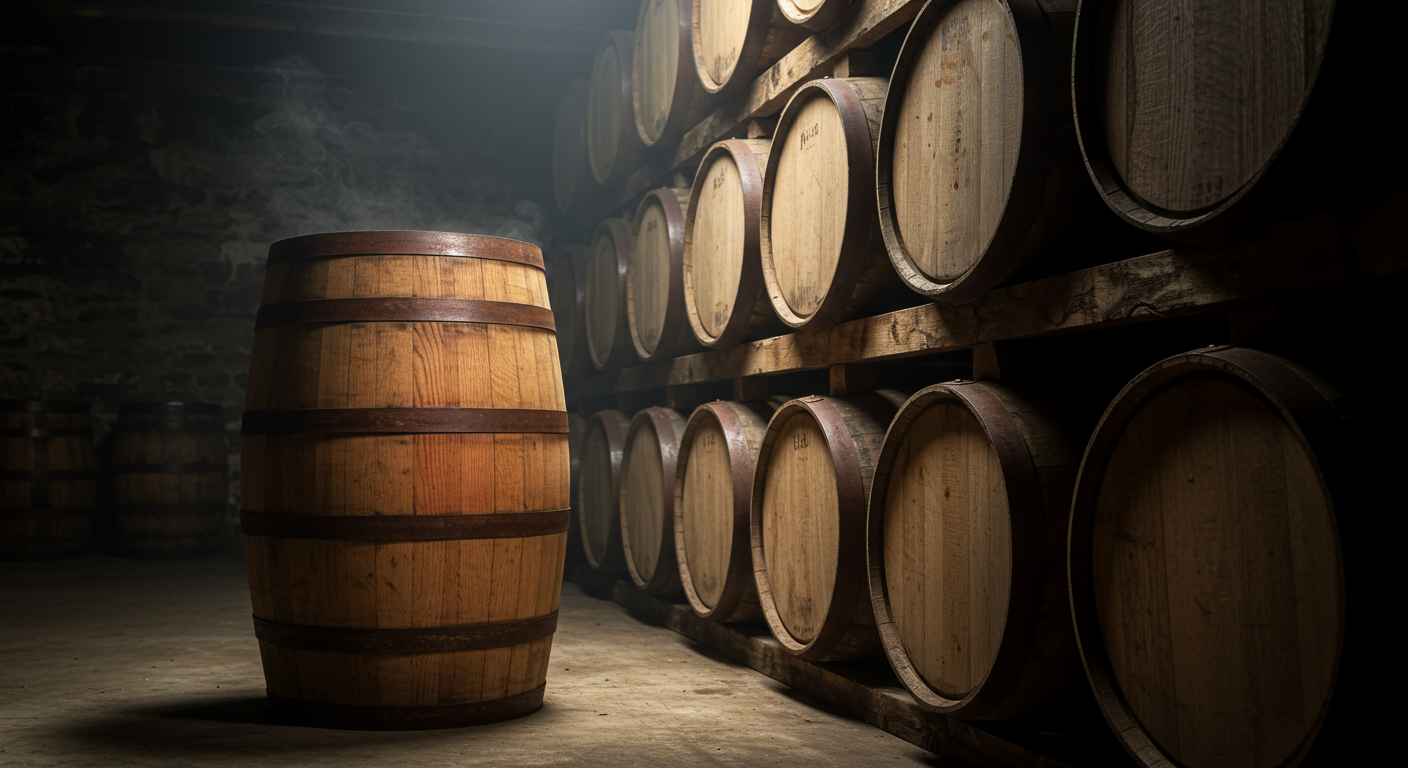
Barrels are not merely containers; they are active participants in the maturation process. The interaction between the whiskey and the wood transforms raw spirit into a complex, flavorful drink. The porosity of oak allows for a slow oxygen exchange, contributing to smoother and richer flavors over time.
The type of oak, its origin, and how it's treated all contribute significantly to a whiskey’s flavor profile. During a discussion with Speyside, Cameron Feek and Alberto Ramirez highlighted the importance of carefully selecting high-quality Appalachian White Oak. This particular wood is prized for its consistent grain, color, and fiber strength, all of which play a role in shaping the aging process.
Feek pointed out that climate plays a major factor in whiskey maturation, with warmer regions like Texas experiencing greater evaporation losses—known as the angel’s share—compared to cooler climates such as Minnesota.
“The climate can affect the angel’s share, with warmer climates like Texas seeing greater losses compared to cooler regions like Minnesota.”
— Cameron Feek
Ramirez emphasized the impact of barrel toasting before charring, a technique widely used in winemaking that has recently gained traction in whiskey production. This process enhances flavor complexity, allowing distillers to create deeper and more nuanced profiles in their spirits.
“Toasting barrels before charring is a relatively new practice in whiskey, but it’s been a longstanding technique in wine that enhances flavor complexity.”
— Alberto Ramirez
The environment in which barrels are stored significantly impacts maturation. Factors such as temperature fluctuations, humidity, and airflow determine how whiskey interacts with the wood, affecting flavor extraction and evaporation rates.
Used predominantly for bourbon, American oak imparts bold, intense flavors such as vanilla, caramel, and spice.
Commonly used for Scotch and Irish whiskey, European oak contributes nuanced profiles with notes of dried fruit, nuts, and chocolate. It has a tighter grain than American oak, slowing the whiskey’s extraction process and resulting in a more delicate maturation.
.webp?width=370&height=578&name=Blue%20and%20Yellow%20Simple%20Illustrative%20Marketing%20Strategy%20Book%20Cover%20(4).webp)
New barrels impart stronger vanilla, spice, and tannin flavors.
Used barrels (ex-rum, ex-wine, or ex-beer) introduce unique secondary characteristics, adding complexity to the final whiskey profile.
The first step in selecting a barrel is determining the desired flavor outcome. In our conversation with Speyside,
Cameron Feek shared:
"different toasting and charring levels allow distillers to customize flavor extraction. "
"Toasting prior to charring can develop richer caramel and fruit notes, while heavier char levels contribute deeper smoke and spice characteristics."*
Longer aging requires higher-quality barrels. Some cooperages offer extended air drying and seasoning (up to 36 months), optimizing them for prolonged maturation.
Climate dictates how whiskey interacts with the barrel:
Warm climates (e.g., Kentucky, Texas) accelerate aging but increase evaporation losses ("angel’s share").
Cooler climates (e.g., Scotland, Minnesota) slow down the process, yielding smoother, more delicate profiles.
Midwestern climates (e.g., Indiana, Kentucky) offer a balanced environment with seasonal variations that enhance complexity.
New barrels represent a significant investment, often accounting for one-third of new fill whiskey costs. Leasing programs can help distilleries manage expenses by allowing them to pay a monthly fee per barrel, reducing upfront costs while ensuring barrel availability. At the end of the lease, barrels are returned for resale, supporting sustainability efforts.
Rickhouses (rackhouses): Store barrels horizontally for optimal airflow and controlled maturation.
Palletized storage: Barrels are stored upright, optimizing space for large-scale production but altering the aging process due to limited airflow.
Innovative storage: Some distilleries experiment with underground cellars or floating rickhouses (e.g., Hank Ingram's barge-aged bourbon).
Precision in barrel construction reduces leaks and evaporation. Some cooperages use CNC jointing machines to ensure tighter-fitting barrels, minimizing loss due to evaporation and inconsistencies. Additionally, modern barrel-aging facilities feature 24/7 monitoring systems for security and yield tracking.
Some industry experts emphasize the importance of toasting and charring levels in determining a whiskey’s final profile:
Toasting: Gently heats the oak, developing deeper caramelized sugar and fruit notes.
Char #1-5: Determines the level of smoke, spice, and tannins introduced into the whiskey.
Brindiamo simplifies the barrel selection and aging process by offering:
Extensive Barrel Network: Access to over 350,000 barrels worldwide.
Custom Storage Solutions: Tailored plans for palletized or rickhouse storage.
Expert Guidance: Decades of industry experience in yield management and barrel optimization.
Cost-Effective Leasing: Innovative programs that lower upfront costs while ensuring access to high-quality barrels.
Regulatory Compliance: Ensuring all operations align with federal and state requirements.
Selecting the right oak barrels is a crucial step in crafting a high-quality whiskey. By understanding the nuances of wood selection, toasting, charring, and climate influences, distillers can achieve their desired flavor profiles.
For more information on customized barrel programs, contact Brindiamo today.
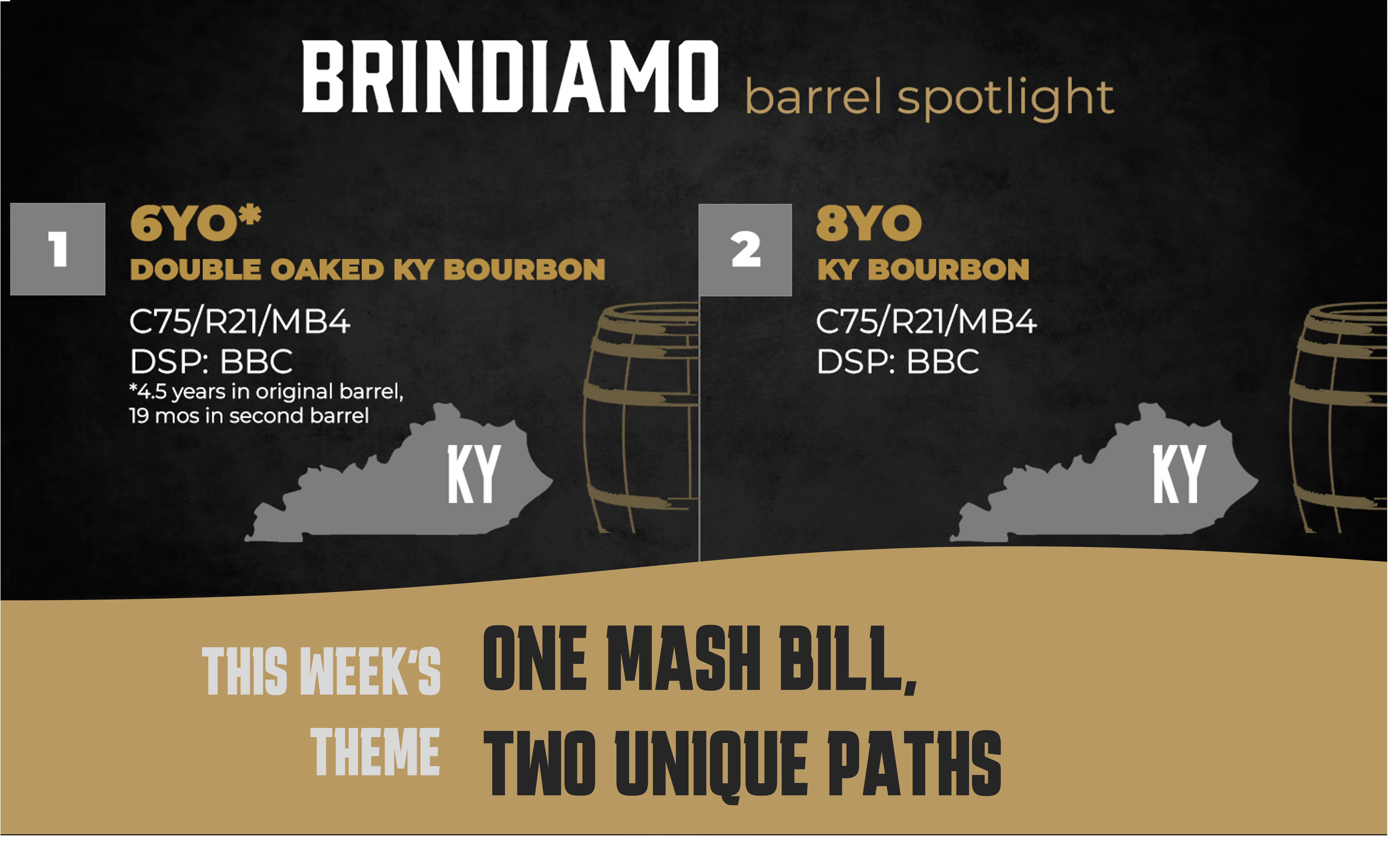
Welcome back to the Brindiamo Barrel Spotlight, our weekly email series highlighting the barrels, distilleries, and market dynamics shaping today’s...

The market for bourbon barrels is bifurcated. Over the course of the last 24 months, the conversation has shifted from how to find whiskey to how to...
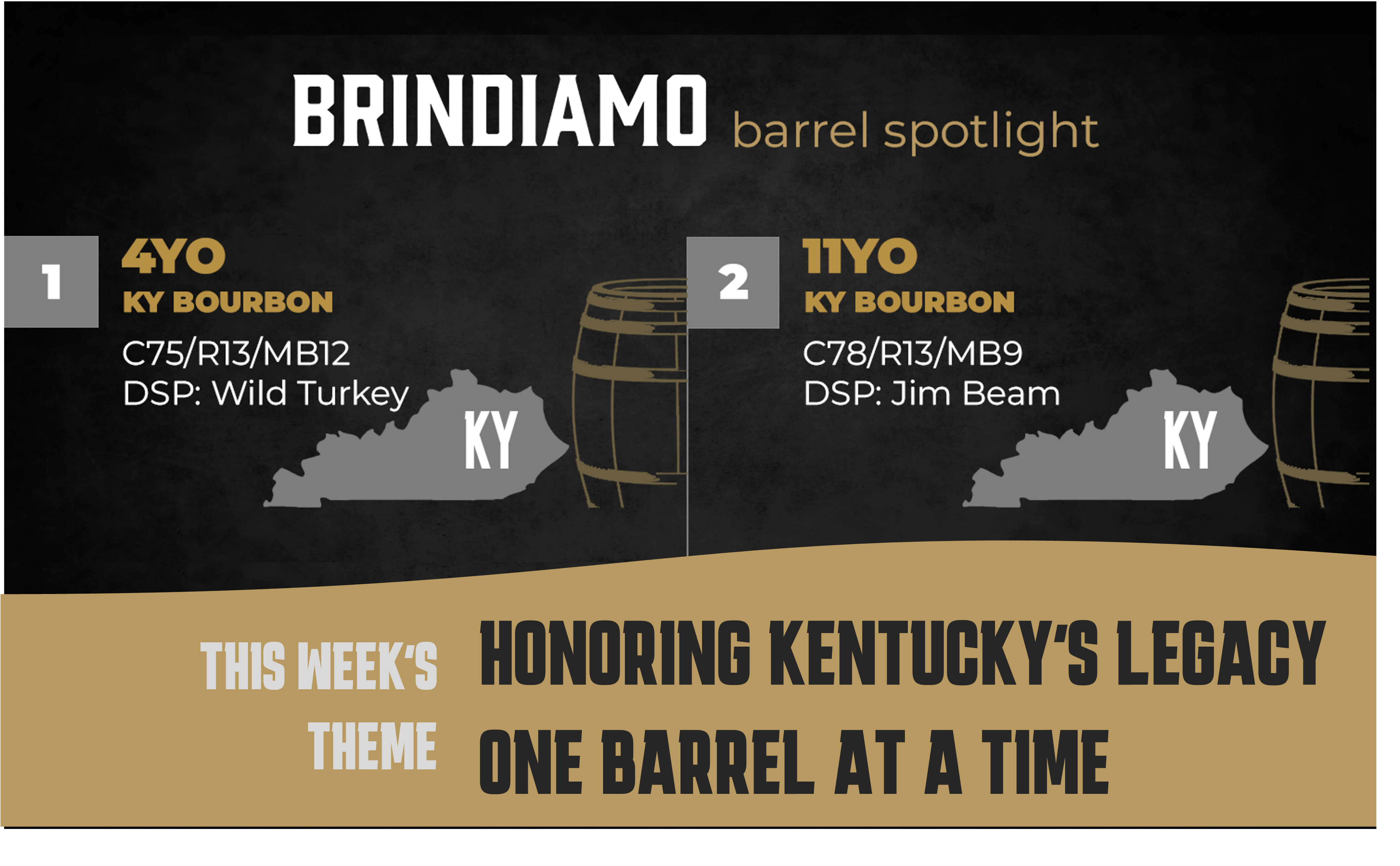
Welcome to the Brindiamo Barrel Spotlight, our weekly series celebrating the barrels, distilleries, and market dynamics shaping today’s whiskey...
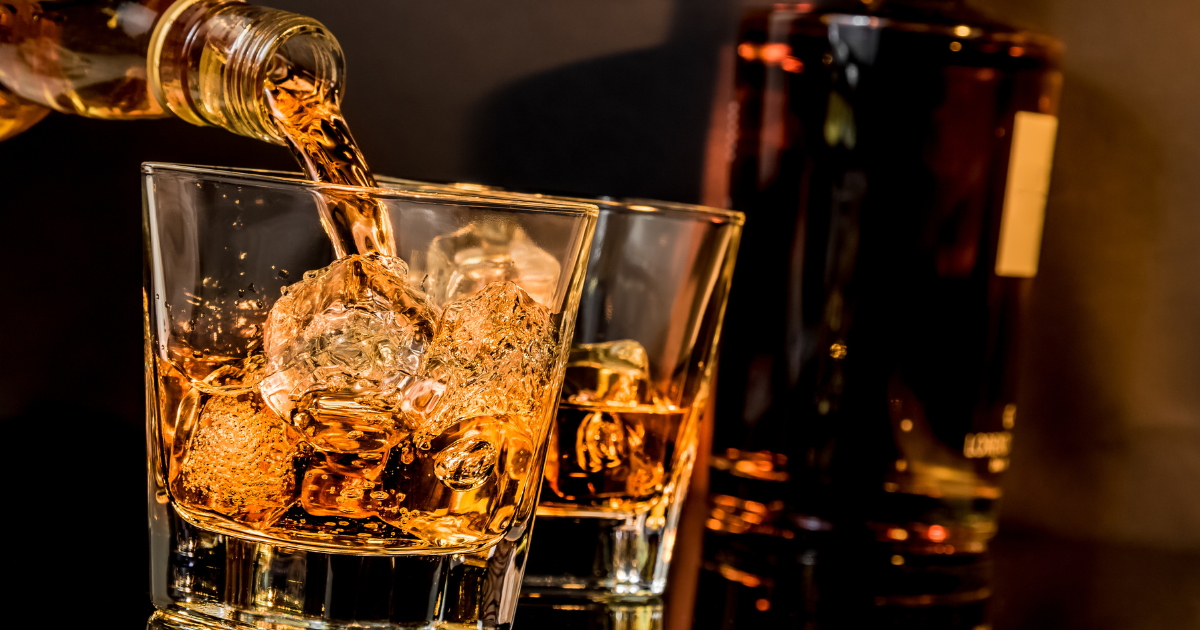
Creating a distinct whiskey flavor profile requires a deep understanding of ingredients, fermentation, distillation, and aging processes. Whether...
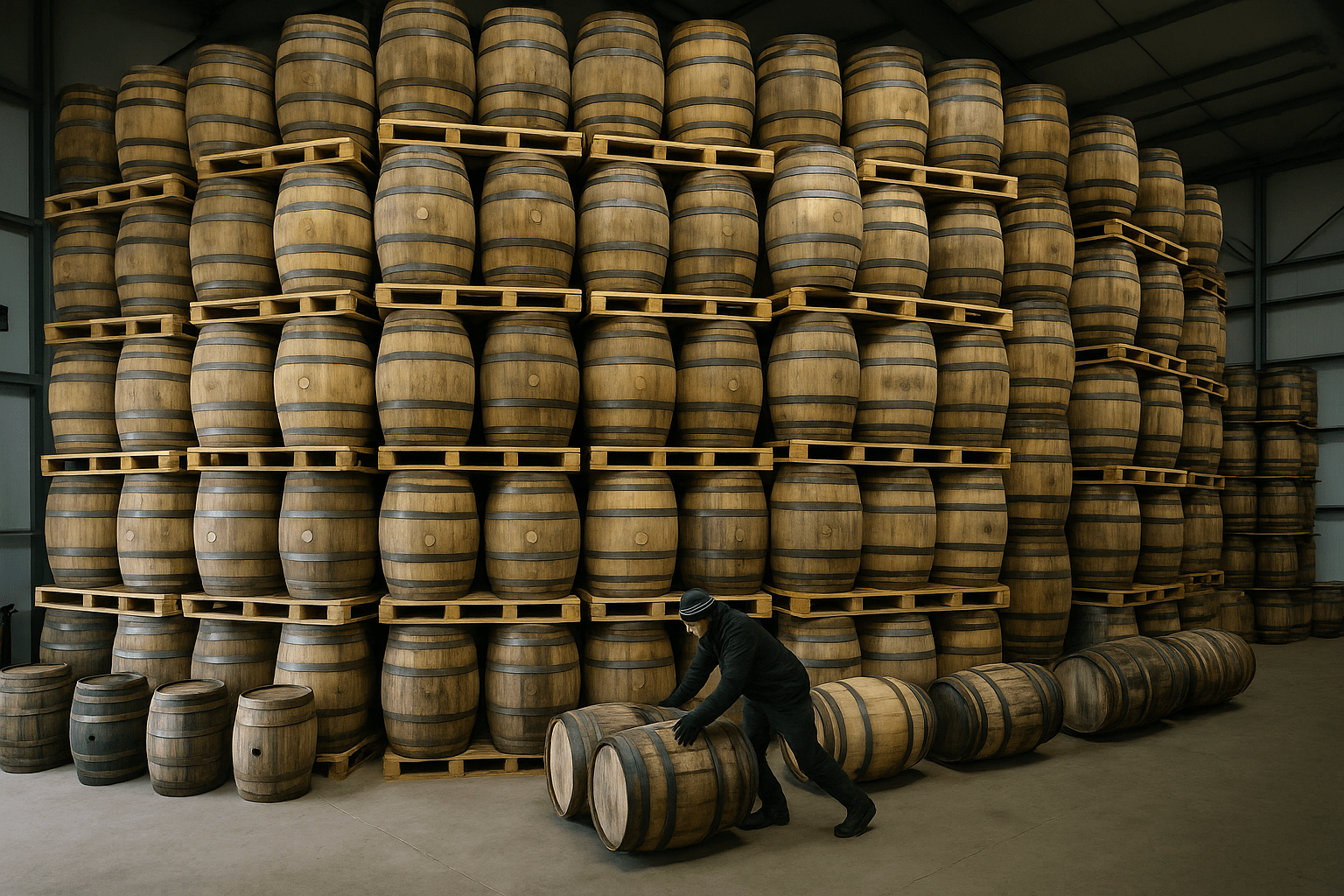
Emerging Trends in Barrel Storage, Risk Management, and Cost-Effective Solutions

The alcohol industry is as competitive as it is exciting. Whether you’re launching a new craft spirit, revitalizing a legacy label, or expanding your...
Join the conversation
Leave a comment below.